2024 Olympic Marathon Trials – Minnesota in Photos
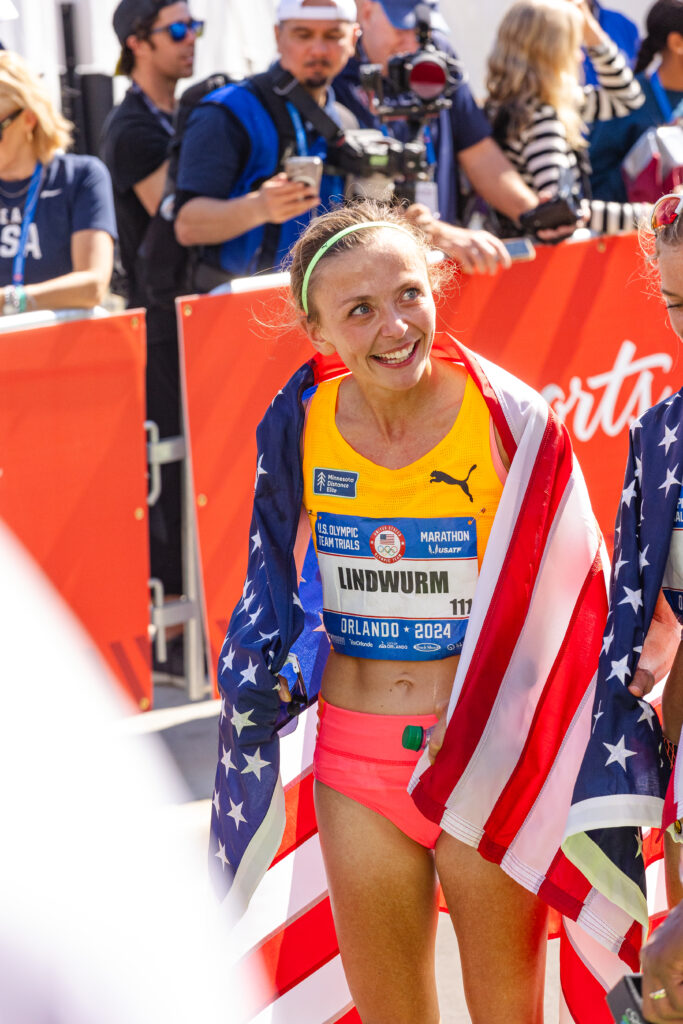
The US Olympic Trials, like every marathon, has its own unique story with themes of accomplishment, heartbreak, redemption, breakthroughs, and underdogs prevailing. In an effort to capture some of these stories, we commissioned Katia Gaisford to be the the official Run Minnesota press photographer on the ground in Orlando.
Congratulations to all the athletes who participated in the trials on their accomplishments and to Dakotah Lindwurm on making the 2024 Olympic team!
We believed!
2024 Olympic Team Trials – Marathon
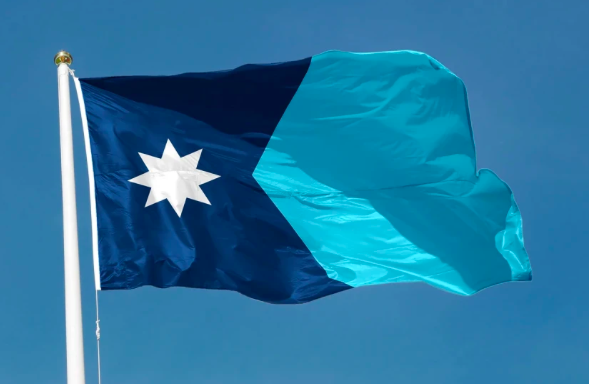
Minnesotans will have 23 athletes with local ties to cheer for at the Olympic Trials for the Marathon, and every one of them has taken a unique path to arrive at the starting line near Lake Eola Park in downtown Orlando at 10 a.m. (EST) Feb. 3. Some were Minnesota state high school cross country champions, some ran at the University of Minnesota, some were middling DIII competitors, some are Olympians already—but all trained intensely to hit the new standards to qualify for race.
Mark Nenow

Even had the internet existed in the 1980s, Mark Nenow would have had a low profile. He was quiet, and often trained alone using methods that worked for him, regardless of the wisdom of the day. Nenow is not even well known in his home state of Minnesota, though he broke 28 minutes for 10,000 meters ten times between 1982 and 1989, held the American record for 10,000 meters of 27:20 for 15 years, and the American 10K road record of 27:22 for ten years. He was the top ranked U.S. 10K runner three times in the late 1980s. All of this, in shoes that barely provided coverage much less any sort of energy return, using training methods that were unique, to say the least.
Three Defending Champions Celebrate Repeat Wins at City of Lakes Half
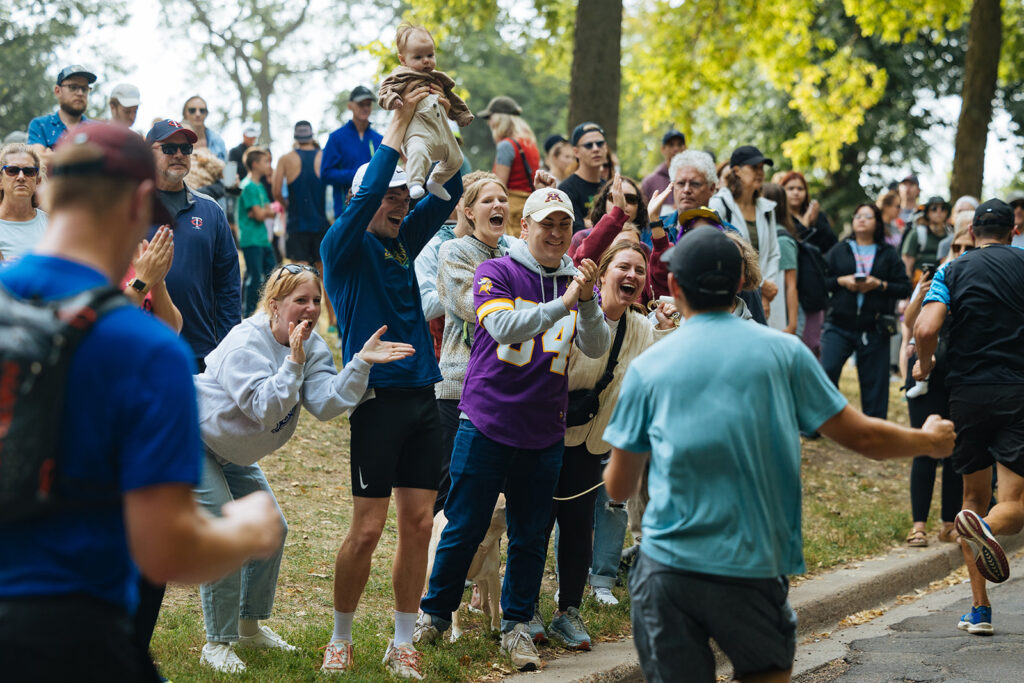
On September 10 shortly after dawn, more than 1,400 people began gathering along Lake Harriet Parkway in South Minneapolis, basking in a reprieve from the record-breaking heat and humidity that stifled much of the state and country this summer.
As the minutes approaching 8:00 a.m. wound down, some people squeezed in final warm-ups, others mingled with friends and family at the ready to show support from the sidelines, while others snapped selfies to commemorate the start of their first or 100th race. No matter their pre-run routine, everyone’s reason for coming together was the same: to participate in the 42nd Annual Jeff Winter City of Lakes Half Marathon.
Skin Unlike Glass, Legs That Stand Tall

In 2017, I moved to Minnesota – on occupied Dakhóta and Anishinaabe land. I moved to Minneapolis for love. An eleven-year love that had been ushered into existence by promises of forevers and tomorrows. Unable to see beyond our histories, we attempted what we thought was true. An eleven-year relationship that felt like a severing when it ended. Why do I begin here? I did not begin to run because of this. I ran to imagine a future self. I run to propel this vision into what I might gain. I began again. A part of this beginning was simply to run.
Gabi Rooker
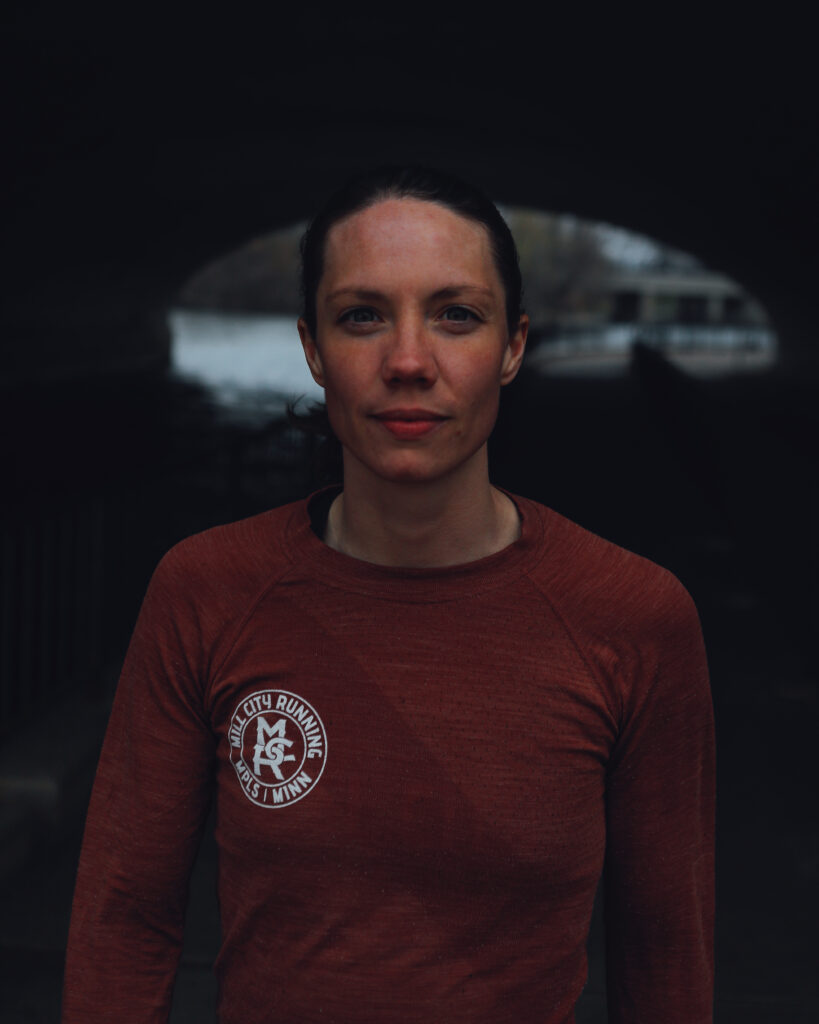
Let’s come right out with it: Gabriella Rooker’s marathon progression should shock even the hobbyist of joggers. Since her debut at Grandma’s in 2021 to her most recent race at the California International Marathon (CIM), in Sacramento, Rooker has qualified for the Olympic Trials (twice) and improved upon her personal best by nearly 26 minutes: 2:54:57; 2:34:57; 2:29:44.
110 Years Ago, an Immigrant from Minnesota Came from Behind to Win the Boston Marathon
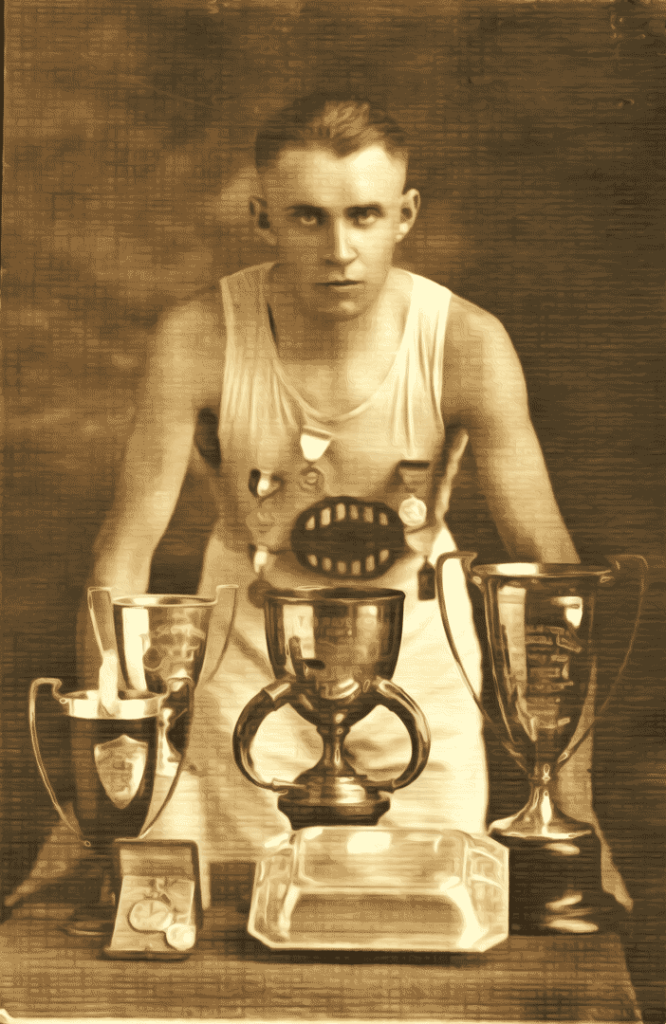
He’s not in the Minnesota Sports Hall of Fame. His name is absent from the Minnesota Sports Almanacs. He’s not in the retellings of the state’s sports history from Sid Hartman or Halsey Hall. You won’t find him in the genesis stories of Minnesota road races (which often start with Ron Daws’ River Roads Marathon in 1963).
His name isn’t even in the USATF Minnesota Hall of Fame.
I Can See the Mailbox From Here
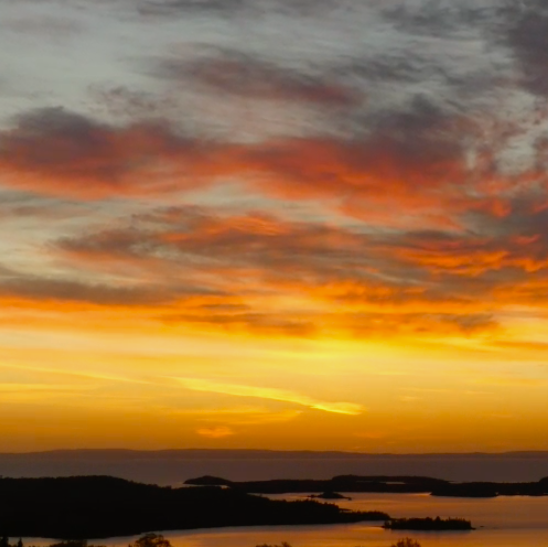
Before I landed on Reservation River Road, in Grand Portage, I lived on an old farm outside of Two Harbors, Minnesota, on another dead end road, and my oversized red mailbox was a quarter mile down the narrow dirt driveway, on the main road.
On my long runs I had two choices of routes; at the mailbox I could turn right, or I could turn left. Either way gave me many miles of dirt surface, forgiving on the old legs.
